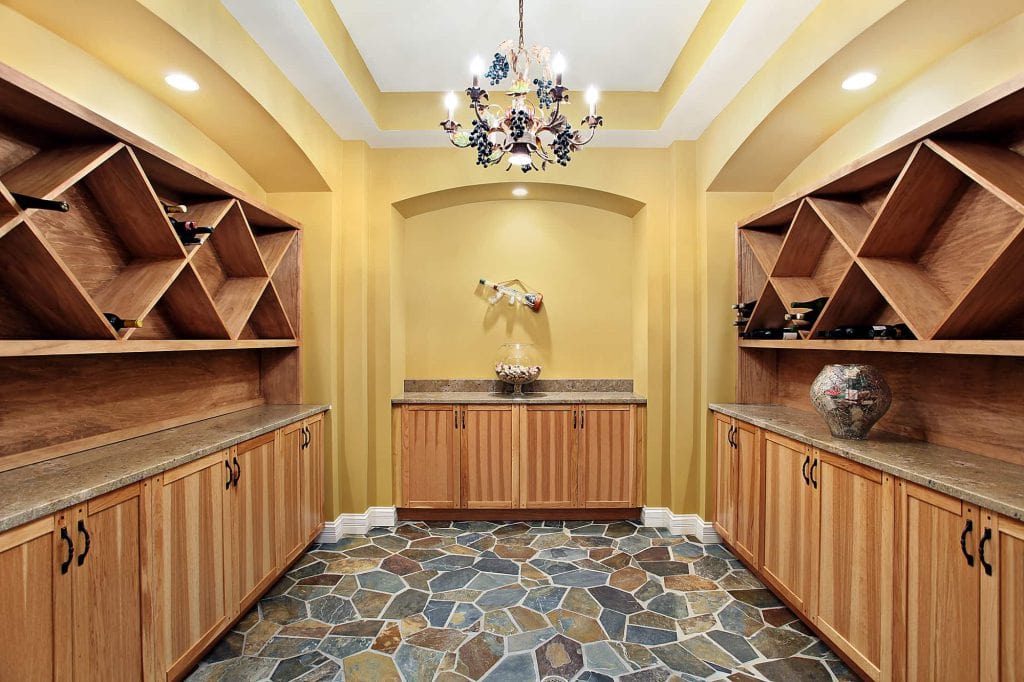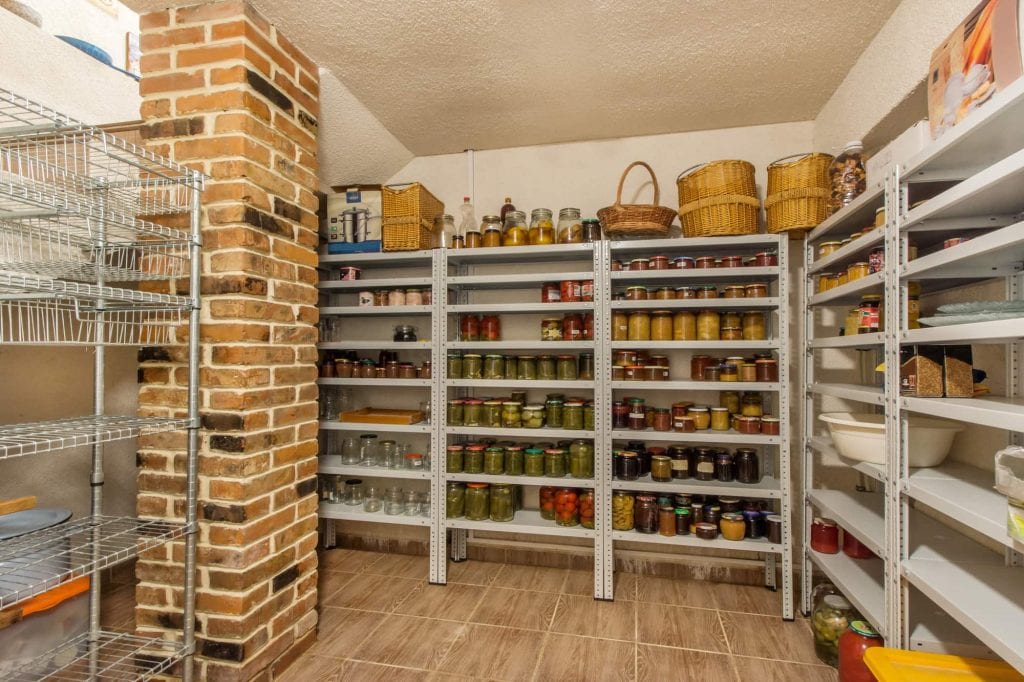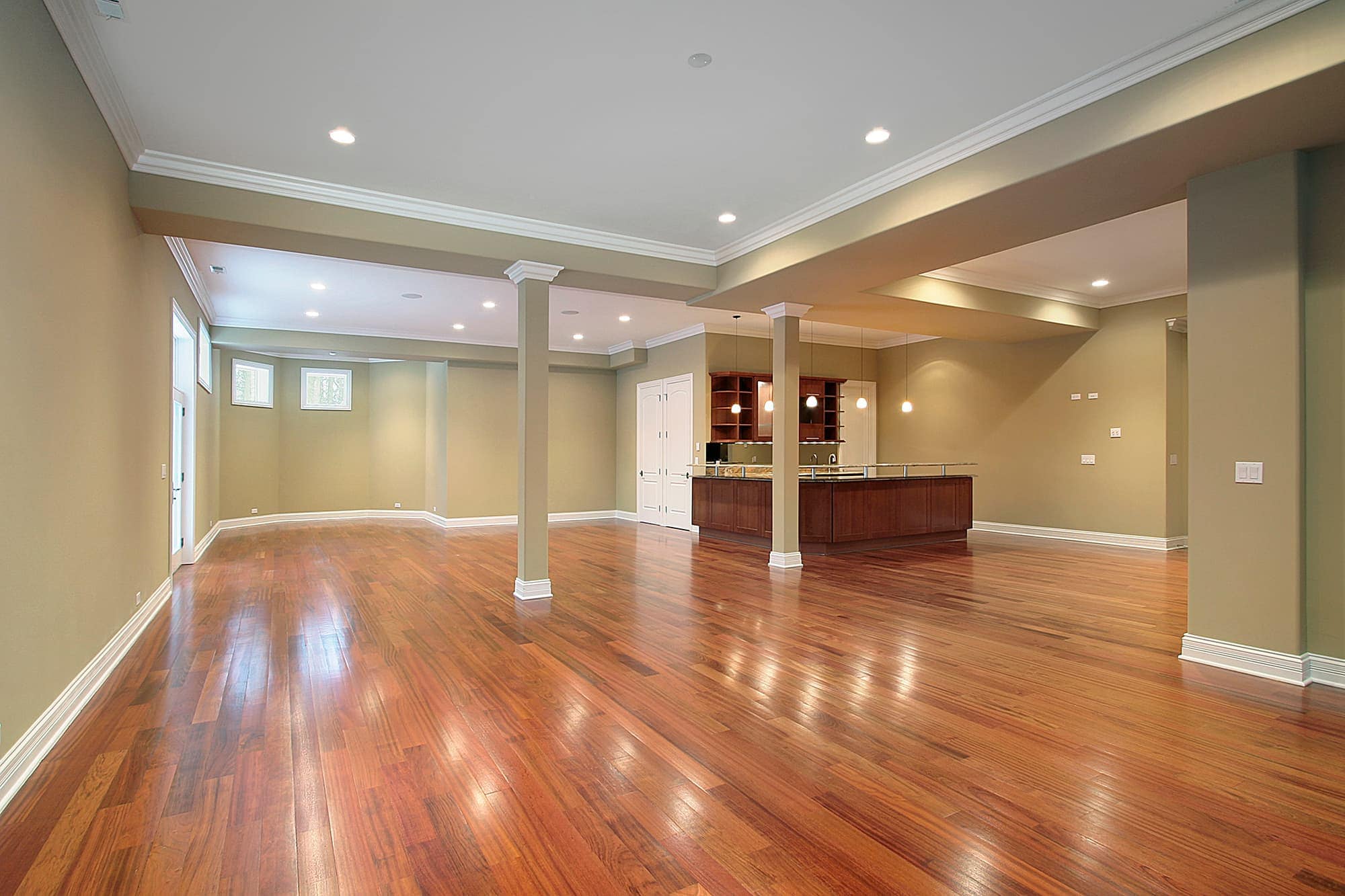Are you the proud owner of a cellar? While these spaces are often underutilized –for many, they are simply areas to store old, dusty boxes and the occasional spider; they have the potential to be transformed into functional areas that enhance your home and add value to your investment.
This guide will help you reinvent your underground space into a functional and dynamic part of your house. Here you will find four ideas and uses for your cellar that could elevate its purpose.
And if you’re a homebuyer searching for homes featuring cellars and basements, check out what we offer at eXp Realty!
Understanding Cellars: A Brief Overview
A cellar, often called a basement, is an underground space primarily found beneath buildings or homes. Its distinguishing characteristic is its purpose, which is specifically intended for storage.
Historically, cellars were essential to a home’s design, serving as natural cooling and storage spaces for food, wine, and other perishable goods before the advent of modern refrigeration. The cool temperatures and humidity levels provided ideal storage conditions, essential for anyone looking to preserve their precious products in the long term.
Types of Cellars
There are several types of cellars, each with unique characteristics, uses, and storage conditions.
Traditional Root Cellar
This cellar is often located at ground level or partially underground, maintaining a temperature and humidity level ideal for storing root vegetables like potatoes and winter squash. They usually have dirt floors and ample ventilation, allowing the underground space to mimic natural outdoor conditions.
Wine Cellar

Next, we have wine cellars, which are specifically designed to store and age wine. They ensure optimal temperature, humidity, and lighting conditions to preserve the wine’s quality and enhance its flavor profile.
Basement Root Cellar
Basement root cellars, a modern take on traditional root cellars, utilize a portion of the basement as a storage location for fruits and vegetables. Despite modern advancements, the principles of cold storage, including cool temperatures and adequate ventilation, are still followed.
Understanding your space and the type of cellar you want is the first step in maximizing its potential. But regardless of the cellar situation in your home, it can undoubtedly be transformed into a beautiful and functional space. That’s a promise.
Ideas and Uses for Your Existing Cellar
Before transforming your cellar, consider crucial factors like ventilation, insulation, lighting, and waterproofing. This will ensure it is comfortable, safe, and suitable for your intended purpose.
Depending on the size and condition of your cellar, you may need to hire a professional contractor to help you with the renovation process. This way, you can get the most optimal results. Without further ado, here are the best ideas and uses for your cellar.
Wine Cellar: Showcase and Preserve Your Collection
Transforming your cellar into a wine cellar provides optimal storage space for your wine collection and elevates your home’s aesthetic appeal. Begin adding wine racks and storage systems catering to your collection’s size.
Wine cellars require dry conditions and cold temperatures. These temperature and humidity levels preserve and enhance wine quality, so ensure these are consistently monitored and maintained at the proper temperature range.
We recommend organizing and categorizing your wine by region, varietal, or vintage to make it easier to locate specific bottles when needed. Remember: a well-maintained wine cellar can be more than a storage space. It can be a place of joy and exploration for any wine enthusiast.
Food Storage: Maximize Your Cellar for Long-Term Provisions

Not into wine? Not a problem! Your cellar can be an excellent space for long-term food storage, too.
Designate specific areas for different food supplies, such as canned goods and dry foods, or create a dedicated space for citrus fruits and winter squash, which thrive in cellar conditions.
Use proper containers to preserve the food quality and extend its storage life! Remember: adequate rotation of your stock maintains unparalleled freshness. Implement a system where new goods are placed behind the older stock, ensuring food is eaten before it expires.
Root Cellar: Extend the Life of Fruits and Vegetables
If you are an avid gardener or enjoy fresh produce, converting your cellar into a root cellar can be a game-changer. By mimicking the ground’s natural cooling and humidity conditions, a root cellar can significantly extend the lives of fruits and vegetables, giving you access to fresh produce even during winter.
Various root cellar construction methods exist, from simple storage shelves to more complex designs with gravel floors and foundation walls. However, the primary key to a successful root cellar lies in maintaining the right temperature and humidity levels and providing proper ventilation to control the release of ethylene gas: a natural ripening agent emitted by certain fruits and vegetables.
Home Brewery: Transforming Your Cellar into a Brewing Paradise
If you’re a beer enthusiast or homebrew hobbyist, your cellar could be the ideal place for a home brewery. It provides ample space for setting up brewing equipment and supplies, and the cellar’s constant temperature makes managing fermentation control easier.
In this transformation, consider creating a dedicated space for brewing experiments. That could be a testing corner for different hops or grains or a tasting area to sample your brews with friends. Overall, a cellar-turned-brewery opens up possibilities for brewing art and craft, providing a functional and satisfying recreational space.
Safety and Maintenance Tips for Your Cellar
The truth is cellar maintenance is as vital as cellar conversion. Regardless of how you use your cellar, here are some safety and maintenance tips to remember.
For starters, proper ventilation is critical in a cellar. It helps control temperature and humidity levels, prevents condensation, and discourages mold growth. Whether storing wine and food or brewing beer, maintain regular checks to ensure your ventilation systems are functioning effectively.
For example, a wine cellar needs a constant temperature range and specific humidity levels for optimal preservation. Similarly, a root cellar requires cool temperatures and high humidity for peak performance. Invest in reliable thermometers and hygrometers to keep track of these environmental conditions.
Next, remember pest control too. Due to the underground location and cool temperatures, cellars can easily attract insects. Regular inspections for signs of pests and timely action can prevent these potential infestations, so be sure to keep that in mind.
Lastly, keeping your cellar clean and organized ensures it remains a usable space and prolongs the lifespan of storage items. Make a regular cleaning and organizing routine, which can be monthly, bi-monthly, or quarterly, depending on your cellar’s usage.
Key Takeaways
All in all, a cellar is more than just a storage location. With adequate creativity and planning, you can transform this underground space into a gorgeous extension of your home. From wine cellars to food storage areas to root cellars to home breweries, the options are diverse and potentially rewarding.
Remember: the transformation journey does not end at the construction or conversion phase. Regular maintenance and safety measures are crucial to keep your cellar functional and efficient in the long run.
Are you intrigued by the possibilities? Want to explore properties with cellars or need expert advice on transforming your existing cellar? Contact a local eXp agent who can guide you every step of the way.
But wait, that’s not all. Sign up now to get alerts of new property listings when they come on the market! A well-informed real estate agent can help you make the most out of your property investment, including maximizing the potential of your cellar.
FAQs: Cellar
Still not sure what to do with your cellar or want to refresh your memory? Here are the answers to the most common questions about cellars.
What is a cellar vs. a basement?
A cellar is primarily used for storage and typically located entirely underground, whereas a basement is a part of the house that is partially or wholly below ground level and often converted into habitable space.
What does in the cellar mean?
“In the cellar” is a colloquial phrase typically referring to a poor or declining state or condition. This phrase likely became popular because cellars are located at the bottom or beneath the main parts of a structure. In short, since cellars were literally on a lower level, they became a term to describe a lower state.
What do Americans call a cellar?
In America, “cellar” is often used interchangeably with “basement.” However, in a more technical sense, cellars are usually spaces below ground level, mainly used for storage.
Why is it called a cellar?
The term originates from the Latin word cellarium, which refers to a storage room or pantry. Over time, the term has evolved and now refers to the underground storage space in homes or buildings.
Do cellars have to be underground?
By definition, cellars are typically underground as this provides cool temperatures and controlled conditions ideal for storage, particularly for items like wine or perishable goods.
Where is a cellar usually located?
Cellars are beneath the ground floor of a building or house. This underground positioning cools and insulates the cellar.
What is a root cellar?
A root cellar is a type of cellar designed for storing fruits, vegetables, and other foods. Using the earth’s natural cooling, insulating, and humidifying extends the storage life of these items.





